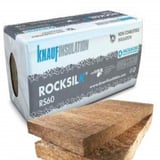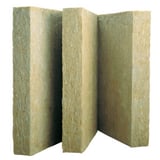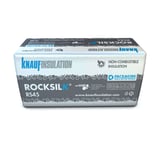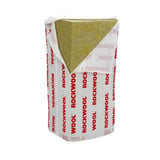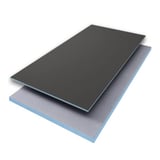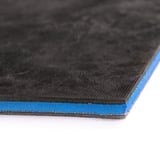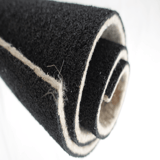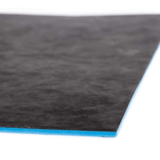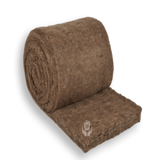- Blogs
- Minimising Airborne Noise in Timber Floors using Rockwool
Minimising Airborne Noise in Timber Floors using Rockwool
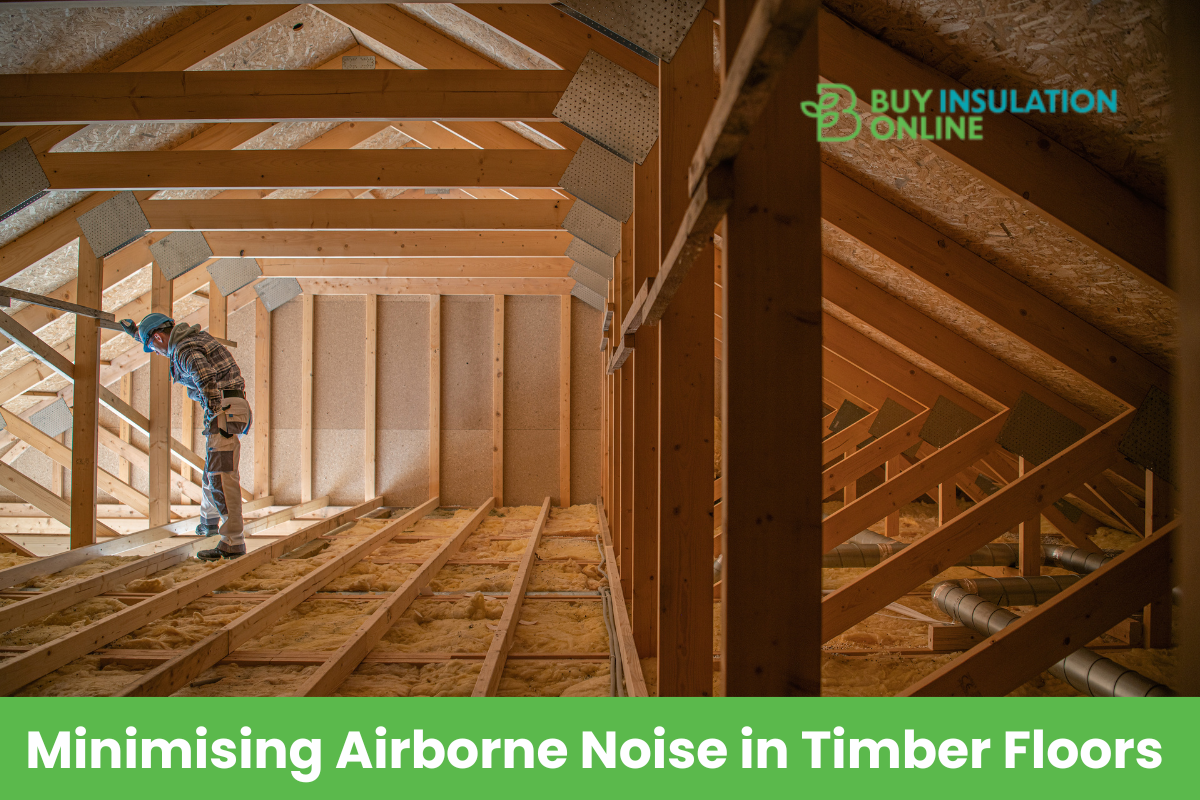
Are you tired of listening to your neighbours’ conversations, music, or footsteps through your timber floor? Do you want to enjoy a quieter and more comfortable living space? If so, you might be interested in learning how to reduce airborne noise through a timber floor with Rockwool.
Airborne noise is the sound that travels through the air and reaches your ears directly, such as voices, TV, or radio. It can be annoying and distracting, especially if you live in a multi-storey building or a terraced house. Fortunately, there is a way to reduce airborne noise through a timber floor with Rockwool, a mineral wool insulation product that offers excellent acoustic and thermal performance.
Rockwool is made from natural volcanic rock that is melted and spun into fibres. It has a unique structure that traps air and reduces sound transmission. It also has a high density and weight, which adds mass and stiffness to the floor structure. Rockwool is fire-resistant, water-repellent, and durable, making it a safe and long-lasting solution for your home.
In this article, we will show you how to reduce airborne noise through a timber floor with Rockwool in four easy steps. We will also recommend some of the best Rockwool products for this purpose, which you can buy online from our website Buy Insulation Online, we are a leading supplier of insulation materials in the UK. Let’s get started!
Step 1: Remove the existing floorboards
The first step to reduce airborne noise through a timber floor with Rockwool is to remove the existing floorboards. This will expose the timber joists and the ceiling below. You will need a crowbar, a hammer, a saw, and some gloves for this task. Be careful not to damage the pipes, wires, or plasterboard that might be hidden under the floorboards. You can also mark the position of the joists on the walls to make it easier to reinstall the floorboards later.
Step 2: Install Rockwool RWA45 slabs between the joists
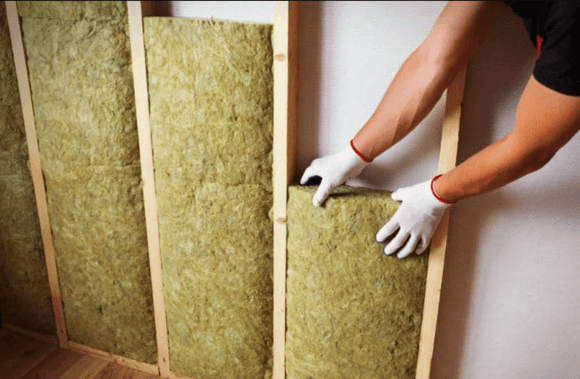 The second step to reduce airborne noise through a timber floor with Rockwool is to install Rockwool RWA45 slabs between the joists. Rockwool RWA45 is a mineral wool thermal and acoustic insulation slab that comes in various thicknesses and sizes. It is ideal for reducing airborne noise through a timber floor, as it has a high sound absorption coefficient and a low thermal conductivity. It also meets the highest fire safety standards and is resistant to moisture and mould.
The second step to reduce airborne noise through a timber floor with Rockwool is to install Rockwool RWA45 slabs between the joists. Rockwool RWA45 is a mineral wool thermal and acoustic insulation slab that comes in various thicknesses and sizes. It is ideal for reducing airborne noise through a timber floor, as it has a high sound absorption coefficient and a low thermal conductivity. It also meets the highest fire safety standards and is resistant to moisture and mould.
To install Rockwool RWA45 slabs between the joists, you will need a tape measure, a knife, and some gloves. You will need to cut the slabs to fit snugly between the joists, leaving no gaps or spaces. You can use the knife to score the slabs and then snap them along the cut line. You can also use offcuts to fill any small gaps. You should aim to fill the entire depth of the joists with Rockwool RWA45 slabs, or at least 100 mm, depending on the available space and your budget.
Step 3: Install Rockwool Flexi slabs over the joists
The third step to reduce airborne noise through a timber floor with Rockwool is to install Rockwool Flexi slabs over the joists. Rockwool Flexi is a mineral wool acoustic and thermal insulation slab that has a unique flexible edge that allows it to fit tightly between any width of joists. It is designed to reduce both airborne and impact noise through floors, as well as improve the thermal performance of the building. It also has excellent fire resistance and moisture repellence.
To install Rockwool Flexi slabs over the joists, you will need a tape measure, a knife, and some gloves. You will need to cut the slabs to the same length as the joists, and then lay them over the joists, covering the Rockwool RWA45 slabs. You should make sure that the flexible edge of the slabs fits snugly between the joists, leaving no gaps or spaces. You should also stagger the joints of the slabs to avoid thermal bridging and sound leakage.
Step 4: Reinstall the floorboards or install a new flooring
The fourth and final step to reduce airborne noise through a timber floor with Rockwool is to reinstall the floorboards or install new flooring. You can either use the same floorboards that you removed in Step 1, or choose a new flooring material, such as laminate, vinyl, or carpet. You will need a drill, a screwdriver, some screws, and some nails for this task. You should also use a resilient layer, such as a foam or rubber underlay, to reduce the impact noise from the flooring.
To reinstall the floorboards or install new flooring, you will need to align the floorboards or the flooring material with the joists, and then fix them with screws or nails. You should use screws that are long enough to penetrate the joists, but not too long to pierce the ceiling below. You should also use nails that are suitable for the type of flooring material you are using. You should make sure that the floorboards or the flooring material are level and secure, and that there are no gaps or cracks between them.
Success: Reduced Airborne Noise in Timber Floor with Rockwool!
You have successfully completed the four steps to reduce airborne noise through a timber floor with Rockwool. You can now enjoy a quieter and more comfortable living space, as well as save money on your energy bills. You can also be proud of yourself for using Rockwool, a sustainable and eco-friendly insulation product that is made from natural and recycled materials.
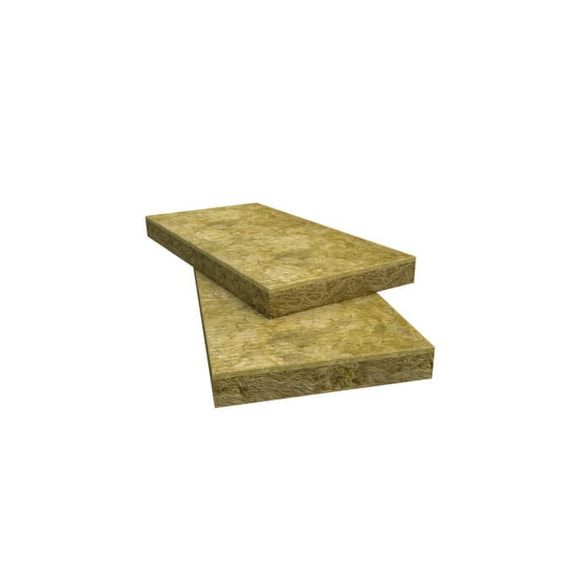 If you want to buy Rockwool products for your home improvement project, you can visit our website Buy Insulation Online, we are a leading supplier of insulation materials in the UK. We offer a wide range of Rockwool products, such as Rockwool RWA45, Rockwool Flexi, Rockwool Mineral Wool Loft Insulation Twin Roll, Rockwool RW3 Slab Insulation, and Rockwool Rainscreen Duo Mineral Wool Thermal and Acoustic Insulation Slab. You can also find other insulation products, such as PIR boards, EPS boards, glass wool, and more. You can order online and get fast and free delivery to your doorstep.
If you want to buy Rockwool products for your home improvement project, you can visit our website Buy Insulation Online, we are a leading supplier of insulation materials in the UK. We offer a wide range of Rockwool products, such as Rockwool RWA45, Rockwool Flexi, Rockwool Mineral Wool Loft Insulation Twin Roll, Rockwool RW3 Slab Insulation, and Rockwool Rainscreen Duo Mineral Wool Thermal and Acoustic Insulation Slab. You can also find other insulation products, such as PIR boards, EPS boards, glass wool, and more. You can order online and get fast and free delivery to your doorstep.
We at Buy Insulation Online are your one-stop shop for all your insulation needs. Visit our website today and get the best deals on Rockwool and other insulation products. You can also contact us for any queries or advice on how to reduce airborne noise through a timber floor with Rockwool or any other insulation project. We have a friendly and knowledgeable team that is ready to help you.
Frequently Asked Questions
Q: What is the best way to minimise airborne noise in timber floors?
A: Using rockwool insulation as an underlay for a floating floor is one of the most effective solutions to soundproof timber floors. It helps in reducing impact and airborne noise, providing a quieter and more peaceful environment.
Q: How does rockwool contribute to soundproofing timber floors?
A: Rockwool acts as an excellent acoustic underlay, absorbing airborne sound and minimising impact noise. When installed as part of a floating floor solution, it helps in creating a barrier to reduce unwanted noise from both above and below the floor.
Q: What are the benefits of using rockwool as a soundproofing solution for timber floors?
A: Rockwool insulation not only provides effective soundproofing but also enhances the overall thermal and fire performance of the floor. It offers a durable and long-lasting solution for minimising airborne noise, contributing to a comfortable indoor environment.
Q: Can rockwool insulation be used to soundproof both timber and concrete floors?
A: Yes, rockwool is versatile and can be used to soundproof both timber and concrete floors. Whether it's a new construction or an existing floor, rockwool provides an effective solution for reducing airborne noise and creating a more peaceful living or working space.
Q: How does rockwool help in reducing airborne noise from noisy neighbours?
A: Rockwool acts as a barrier against airborne noise, helping to minimise the transmission of sound from neighbouring units. It is especially useful in situations where there are noisy neighbours or other external sources of unwanted noise, creating a more serene indoor environment.
Conclusion
In conclusion, by following the four simple steps outlined in this guide, you can successfully reduce airborne noise through your timber floor using Rockwool insulation. This not only improves the acoustics of your living space but also enhances thermal performance and fire safety. Choosing Rockwool from Buy Insulation Online ensures access to top-quality products, making your home improvement project efficient and eco-friendly. Enjoy a quieter and more peaceful living environment while benefiting from the long-lasting and sustainable qualities of Rockwool insulation.

Samuel Hitch
Managing Director
Buy Insulation Online.
Leave A Reply
Your feedback is greatly appreciated, please comment on our content below. Your email address will not be published. Required fields are marked *
